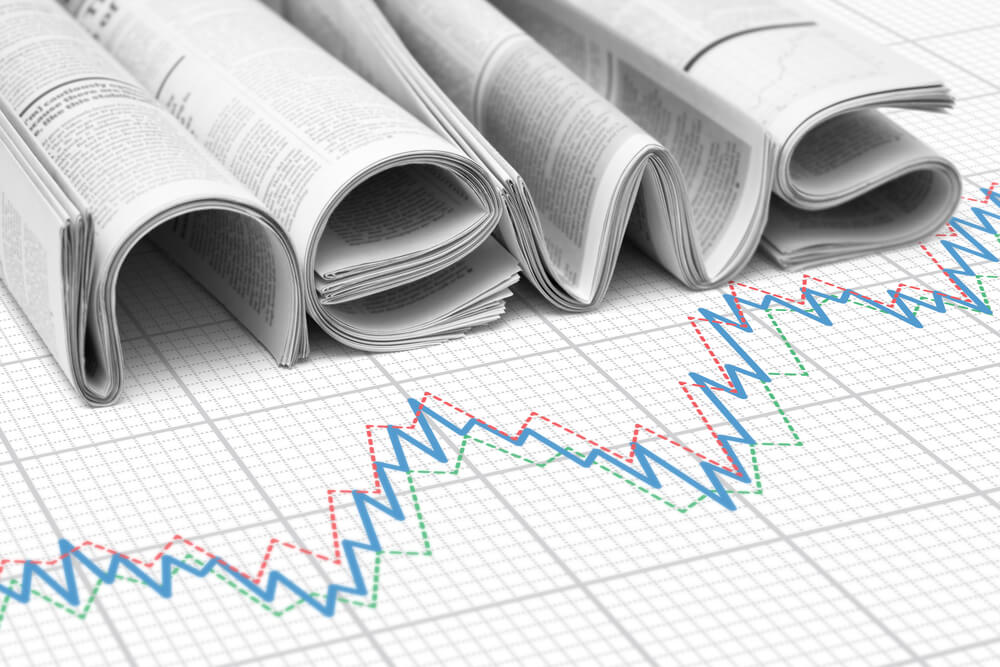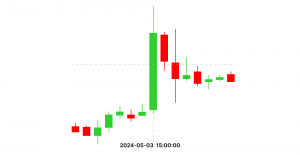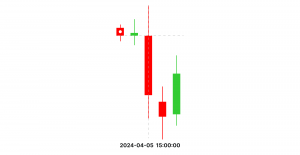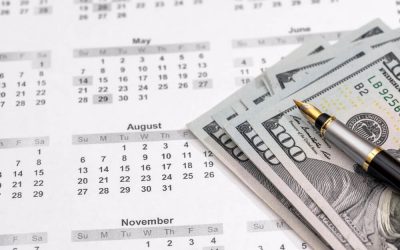
Fundamental analysis is a key method for trading in all financial markets, including Forex. Significant price movements are often triggered by new information about specific events, and traders usually know about these news releases in advance. In this guide, we’ll show you how to find, select, analyze, and use news to make profitable trades.
Article content
News Trading: Is It Easy?
Most major economic news releases impact foreign exchange rates, and we typically have precise schedules for when they’ll occur. This might lead some to believe that trading the news is as straightforward as opening a trade at the release time and quickly securing a profit.
However, it’s not that simple. Market movements are influenced not only by the news itself but also by how key players react to it. This reaction can be unpredictable or may not align with expectations. To grasp this concept better, let’s delve into the different types of news and how they vary.
Regular News Releases and Unexpected News
If you’ve ever used a trading platform, you’re likely familiar with the concept of an economic calendar. Most news follows a strict schedule, meaning that market participants, not just yourself, are aware of when to expect new information. For important economic data, traders not only anticipate the timing of the release but also have forecasts for specific numbers, such as inflation levels and unemployment rates.
However, there are times when unexpected events occur: reports of major company bankruptcies, criminal cases involving politicians, crises, and pandemics, for example. These occurrences often shock global markets, resulting in high volatility. Trading during these times requires extreme caution, and beginners are generally advised against it.

News Meeting and Falling Short of Expectations
One of the primary indicators of an economy’s health is the unemployment rate. Let’s use recent US data to illustrate this. A few weeks ago, on May 5, the unemployment rate came out at 3.9%, which fell short of the forecast by 0.1%. The news was released at 15:30, and the EUR/USD chart clearly depicted a short-term decline in the dollar against the euro.

However, data published on April 5 for March exceeded expectations by the same 0.1%. The immediate result is evident in this chart: they are directly opposite — the dollar began to rise against the euro.

It’s evident that news deviating from forecasts can lead to different outcomes depending on whether it is more or less optimistic. When forecasts are met exactly, there is usually minimal volatility.
Knowing which news triggers changes in currency rates is crucial. The most significant market reactions are typically caused by:
- Central bank interest rate data;
- Inflation and unemployment levels;
- Retail sales figures;
- Industrial production and manufacturing activity;
- Business optimism;
- Consumer confidence data.
Additionally, monitoring speeches and statements by policymakers, such as central bank presidents and voting members, is crucial. These events occur strictly on schedule, which you can find in the AMarkets economic calendar, enabling you to prepare for them effectively.

News Trading Formula
There are three main stages here:
- Waiting for the news;
- Release and result;
- Risk control.
Let’s break down what to do at each stage.
Waiting for the News
Prepare a list of news events you plan to trade in advance. Record these in your trading journal, noting the previous results and the market’s expectations. Develop three hypotheses about how the price will behave if the numbers meet expectations, are better, or are worse.
Remember, the market often starts reacting to news in advance, so begin monitoring the chart at least a couple of hours before the news is released.
Release and Result
Closely follow the events and act according to your hypotheses. Lock in your profit as soon as it aligns with your trading plan. For example, if you typically see a price increase of 0.01% when labor market news is released, don’t expect it to rise by 0.05% this time. Knowing when to stop is crucial for a trader.
Risk Control
News causes volatility, leading to unpredictability. Always set your stop-loss and take-profit levels in advance. Remember, adjusting these levels when the market moves against you is one of the most common mistakes beginner traders make.
After exiting the trade, record the results in your trading journal and analyze them. Ask yourself two questions:
- Did you manage to make a profit, and why?
- Did you earn as much as you planned?
Honest answers will help you plan your next news-based trade.
Use this algorithm repeatedly, and you will soon see that chart movements become more predictable, risks decrease, and profits from each news release increase.






